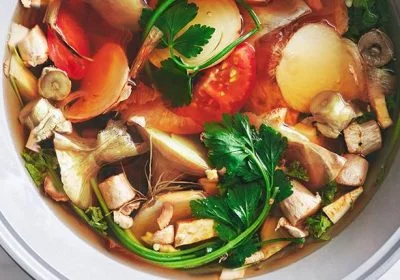Yogurt starts as fresh milk or cream. It is often first pasteurized, then fermented with various live bacteria cultures, and incubated at a specific temperature to encourage bacteria growth. The culture ferments the lactose, the natural sugar found in milk. This produces lactic acid, which gives yogurt its distinctive flavor.
Yogurts can be high in protein, calcium, vitamins, and live culture, or probiotics, which can enhance the gut microbiota. These can offer protection for bones and teeth and help prevent digestive problems.
Let’s take a look at some of the different yogurts out there.
- Traditional – this type tends to be thinner than yogurts like Greek or Australian because it hasn’t been strained and, thus, has more liquid content.
- Greek – this type is made by straining out the liquid whey to provide a thicker, creamier product with a higher protein concentration and less lactose (sugar).
- Icelandic Yogurt – this type, also known as skyr, is made by incubating skim or nonfat milk with live cultures, then strained to get rid of the whey. The end product has a thick, creamy consistency similar to Greek yogurt. Icelandic yogurts are very low in sugar, high in protein and contain no fat.
- Almond- or Coconut-Milk Yogurt – this type produces a dairy-free, yogurt-like product similar to soy yogurt. In general, they have less protein and fat, similar amounts of calcium and vitamin D (if fortified), and more starch, fiber and overall carbohydrates than dairy yogurts.
- French-style – this type is, traditionally, cultured within its own individual glass jar, rather than poured into containers after the culture process. The “pot set” process also means each portion requires no extra additives to keep it ultra-fresh. It’s slightly firmer than the Greek stuff and thicker, too.
So, the next time you’re in the dairy aisle, check out all the yogurts and flavors and make a resolution to try something new. Here are a few recipes that use yogurt as a main ingredient!

Grilled Veggie Platter with Greek Yogurt Dressing

Broccoli and Chicken Wraps







